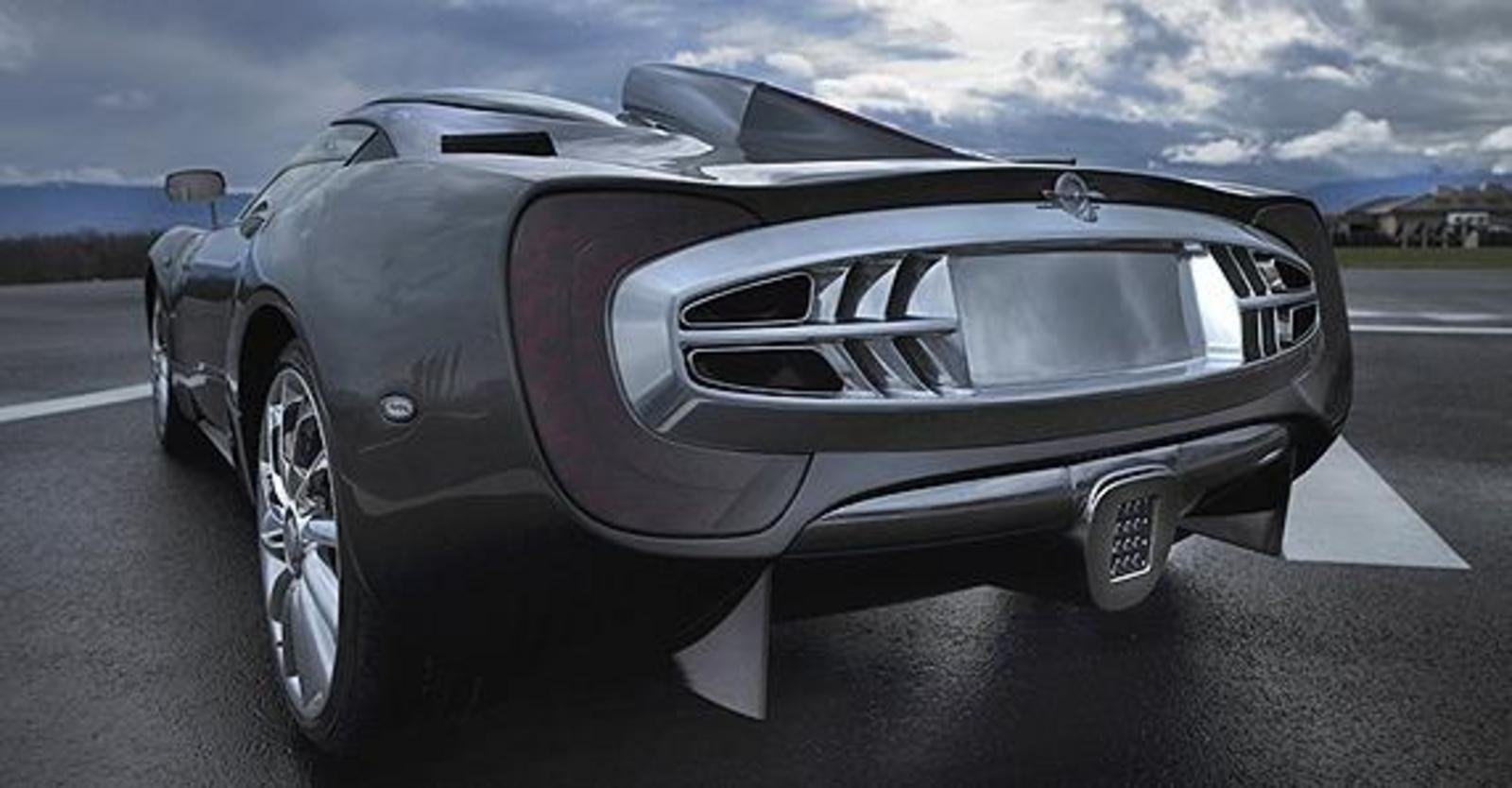The Spyker C12 Zagato was created to mark 2007, when the Dutch manufacturer tried his hand at a Formula 1 team.
The debut season was not a success story and ended with the sale of the team, later renamed Force India. References to the F1 car can be seen throughout the car’s bodywork. Just look at the crease on the bonnet that resembles the ‘nose’ of the car, the engine air intake behind the cockpit, the rear diffuser or the distinctive third brake light.

The standard Spyker C12 Spyder was used to create the C12 Zagato. The body was made of aluminium and its shape was created in the Italian studio Zagato. The appearance of this model reminds another car – a 1996 Zagato Raptor. The C12 Zagato has an overall length of 4 505 mm, a width of 2 031 mm (excluding exterior mirrors), a height of 1 250 mm, a wheelbase of 2 680 mm, a front track of 1 574 mm, a rear track of 1 728 mm and a curb weight of 1480 kg.

In front of the rear axle, the car has a 12-cylinder engine (units supplied by Volkswagen) with a displacement of 5998 cm³, which can be combined with a six-speed manual gearbox or an automatic gearbox with F1-style capabilities. This engine develops 368 kW (500 hp) and a maximum torque of 610 Nm. The compressor version has a power output of 478 kW (650 hp).
The basic version accelerates from 0 to 100 km/h in 3.8 seconds and the speedometer needle stops only at 320 km/h.

The element that sets Spyker’s cars apart from other supercars is the interiors, which are more like a work of art than the interior of everyday objects. The same is true of the C12 Zagato. It would be hard to find a more striking example of the use of leather and brushed aluminium. The concept was to be produced in a limited edition of 24 units.

